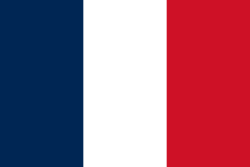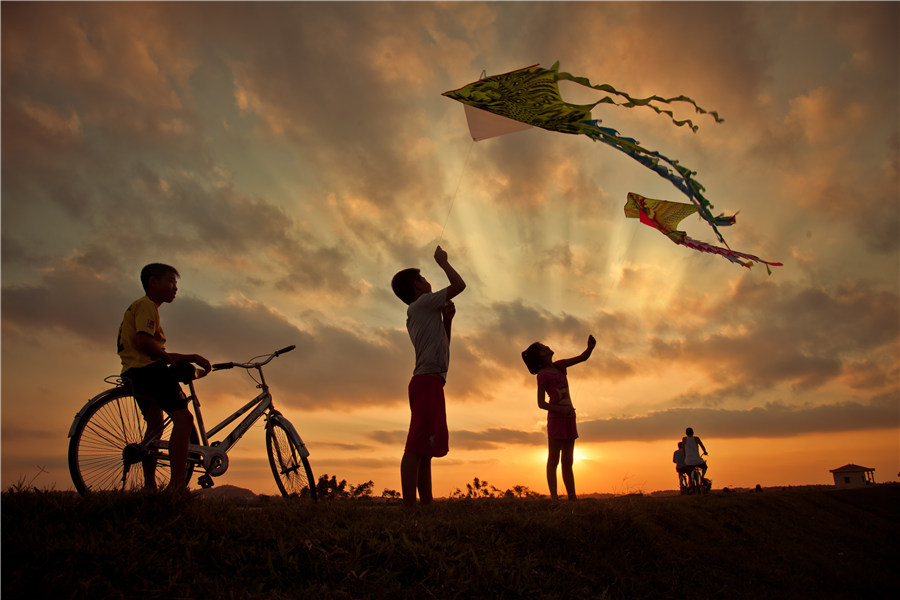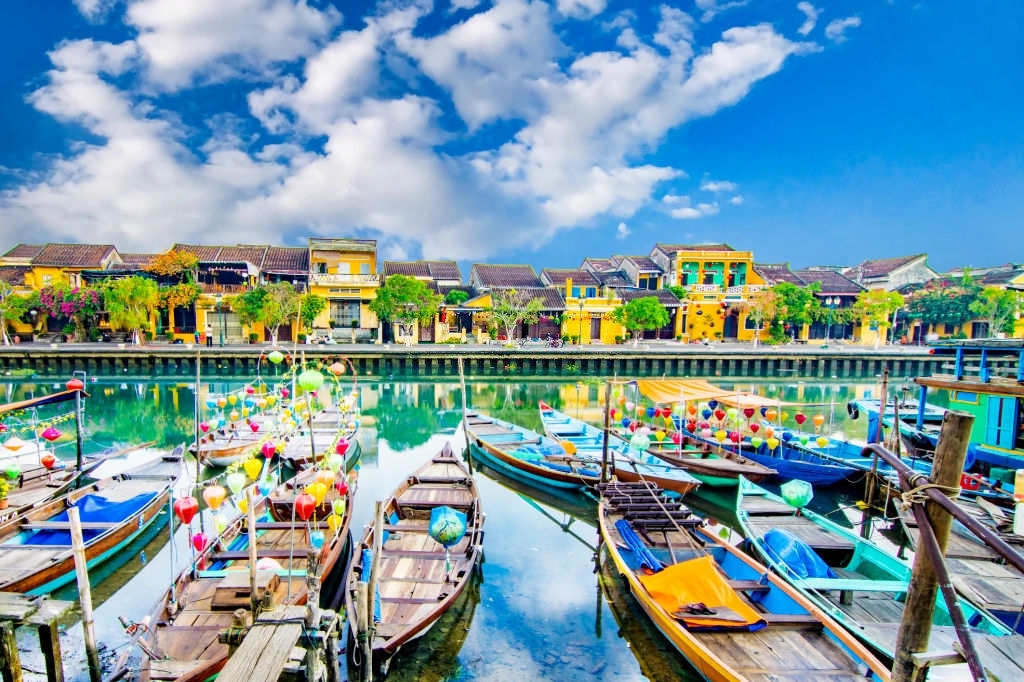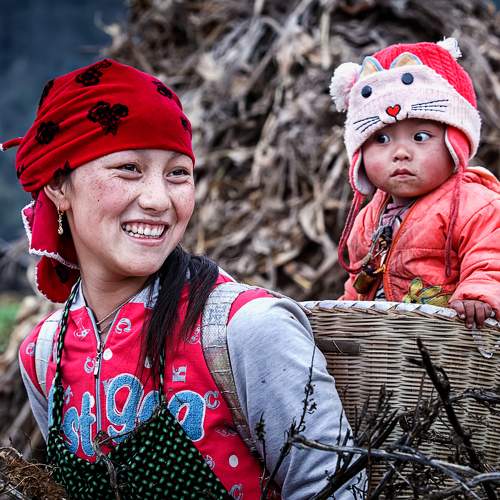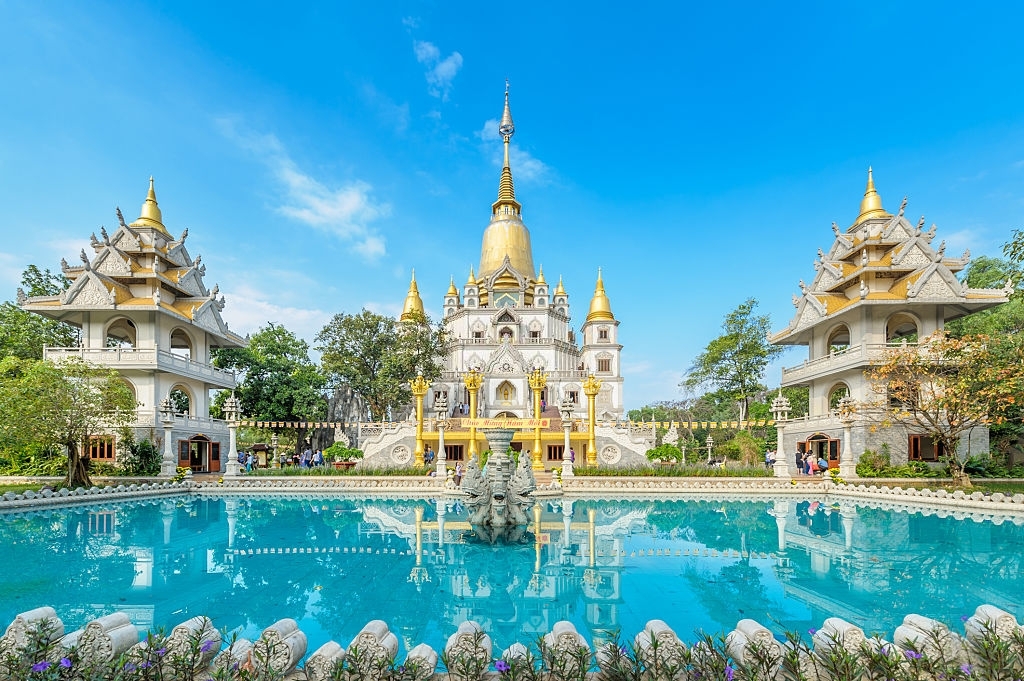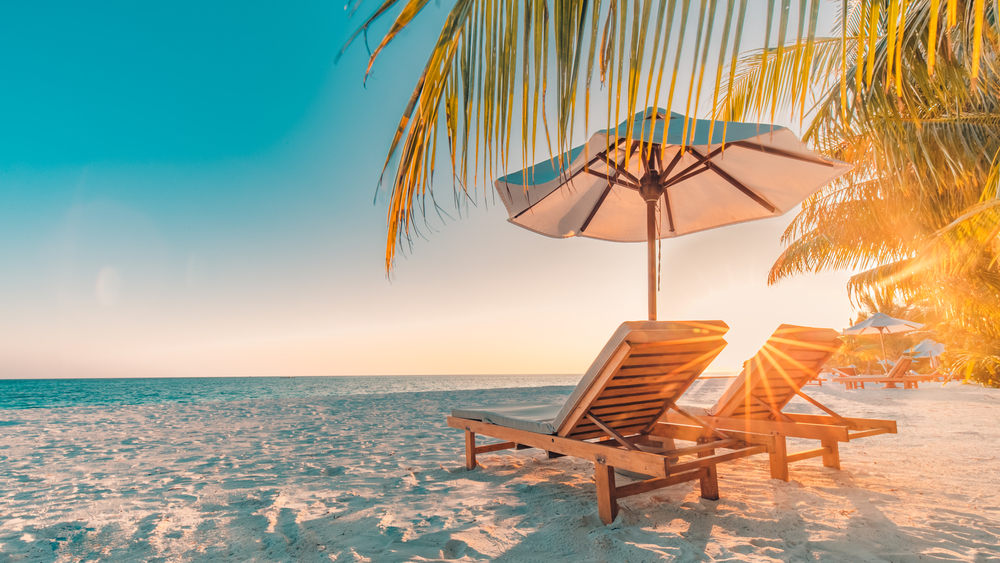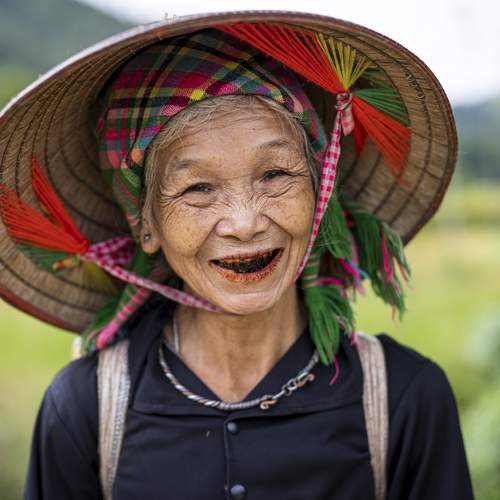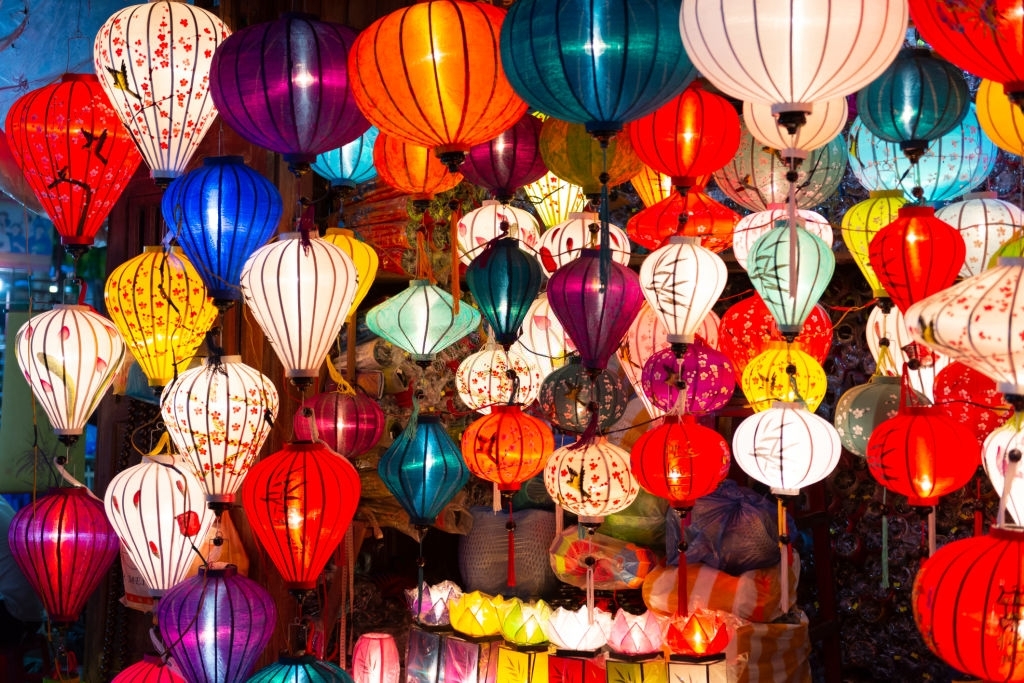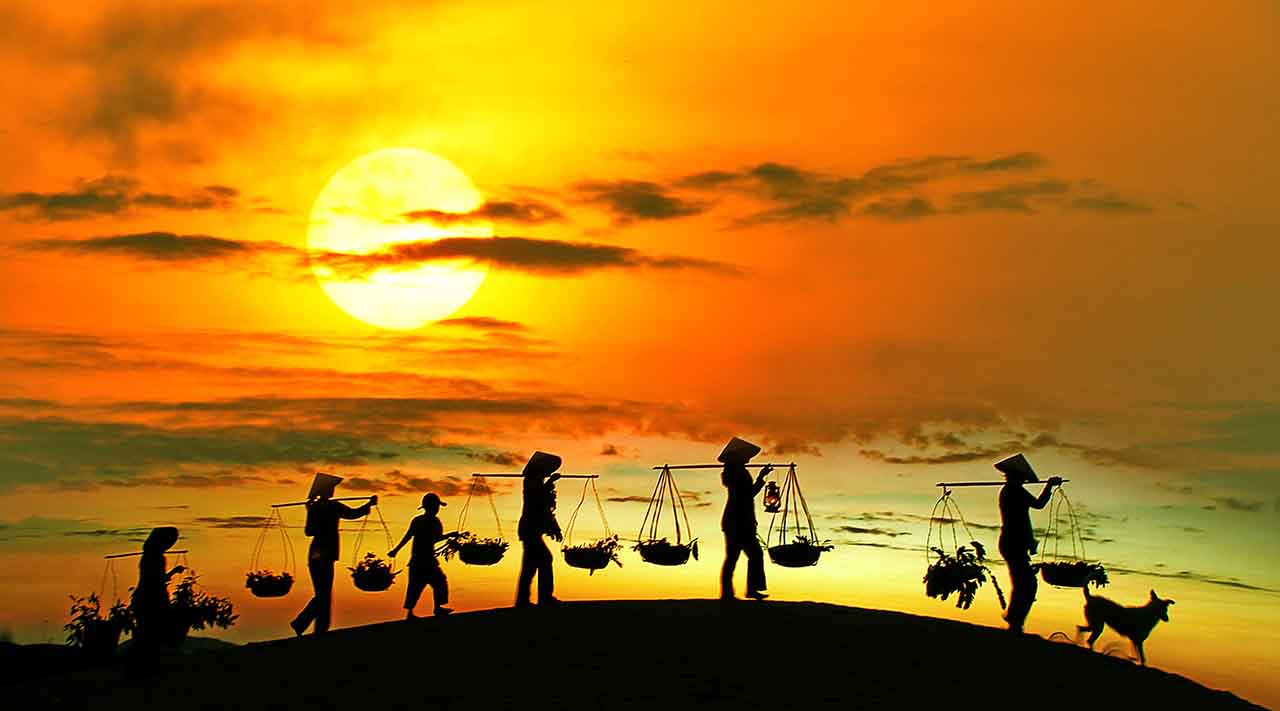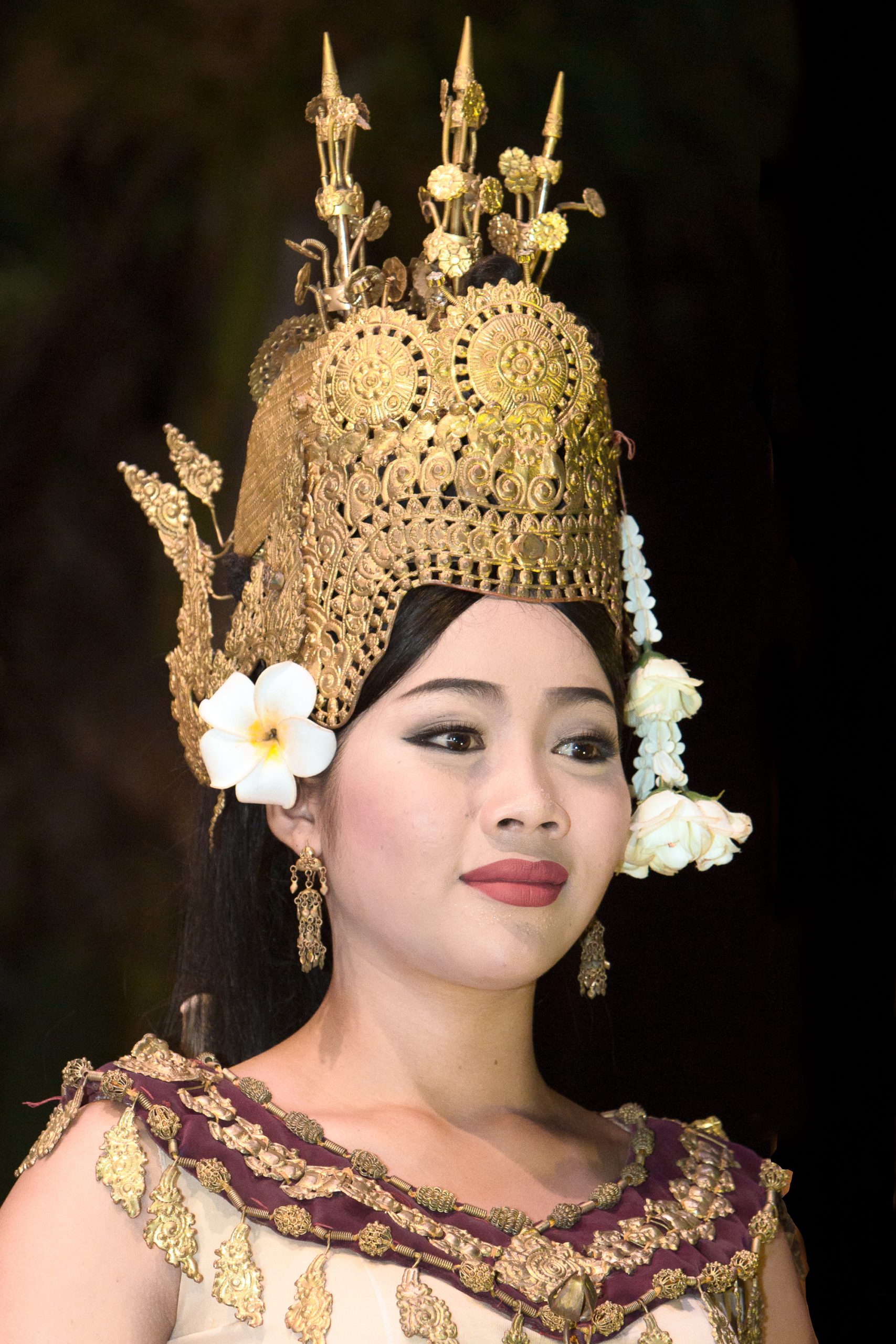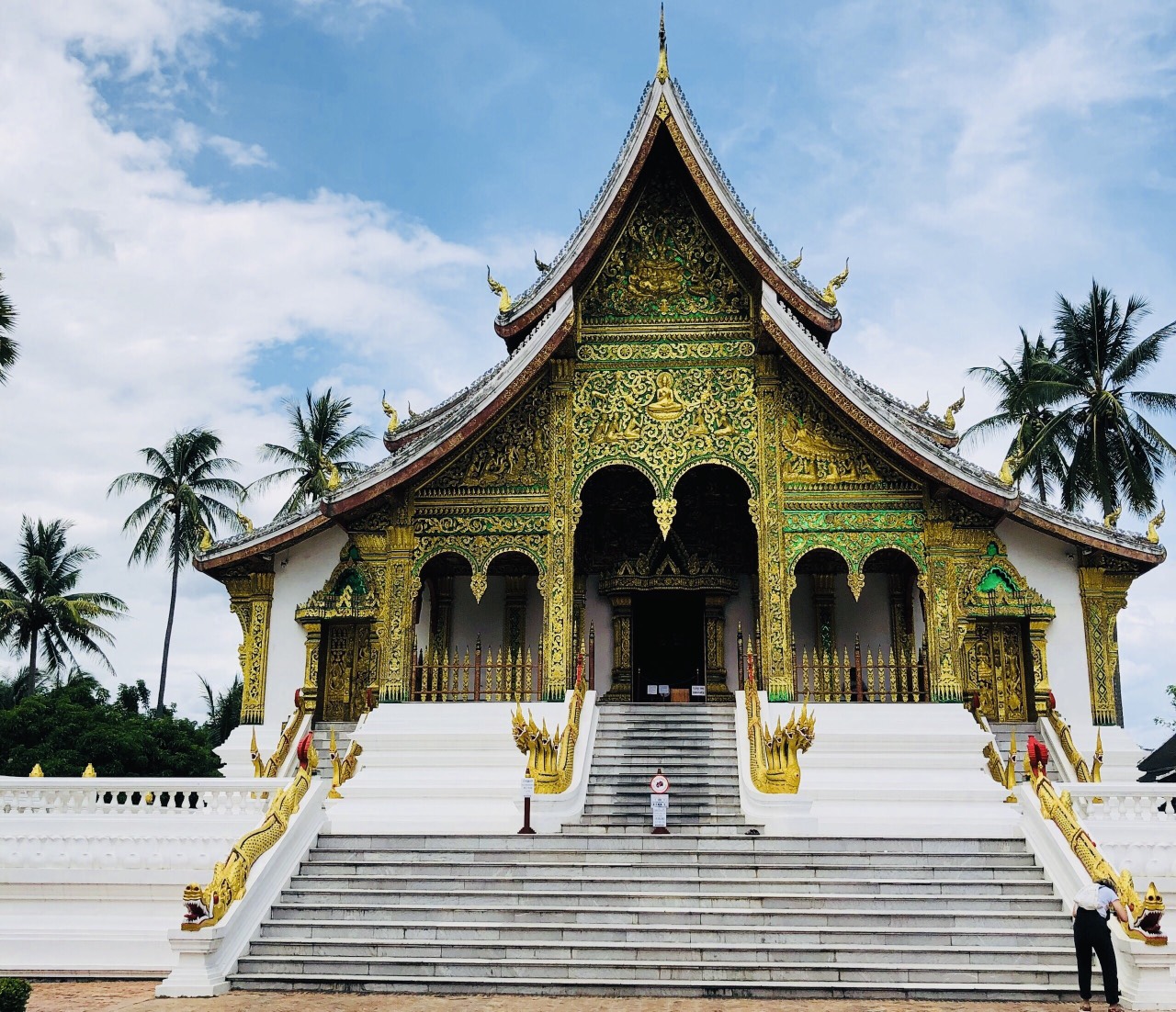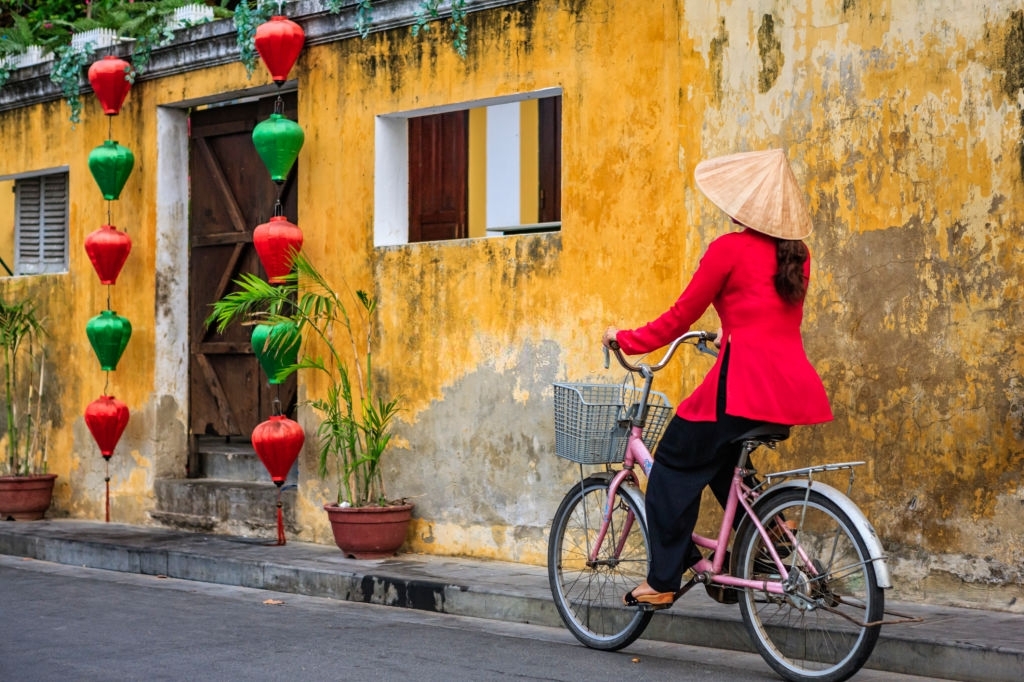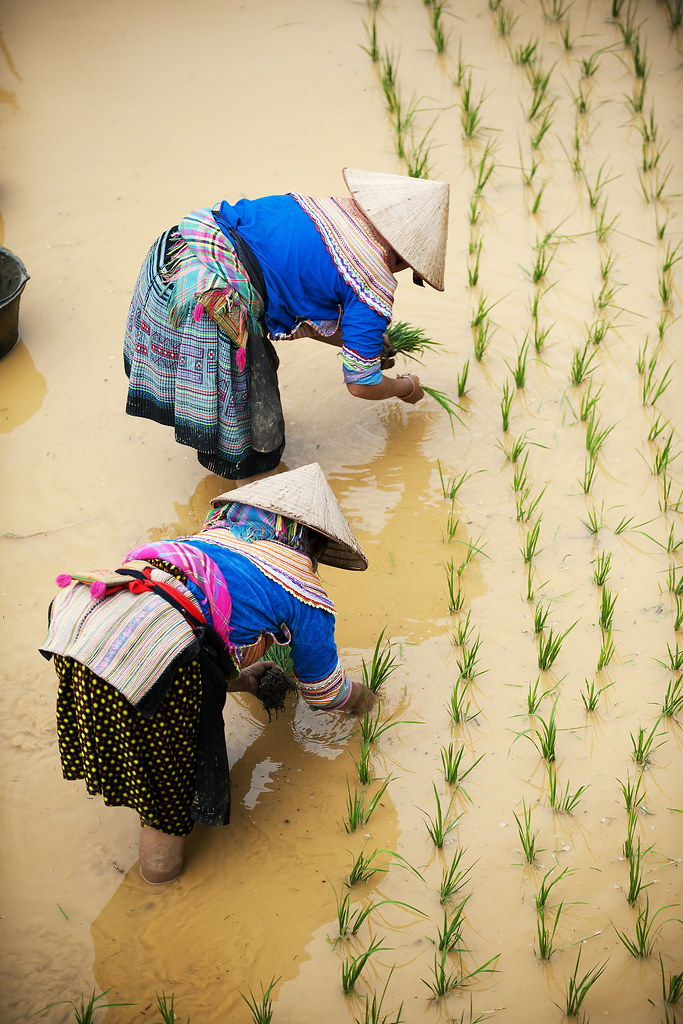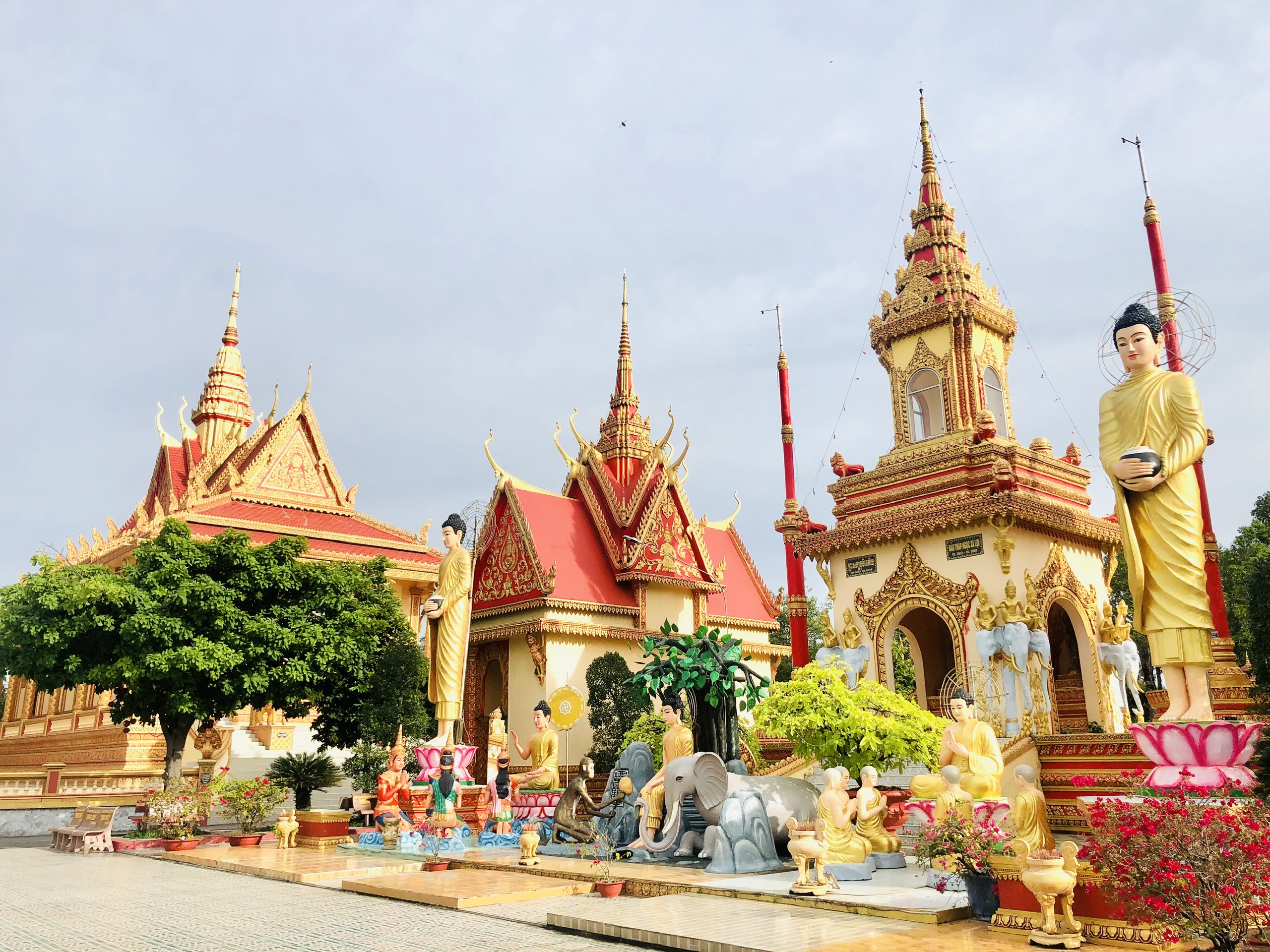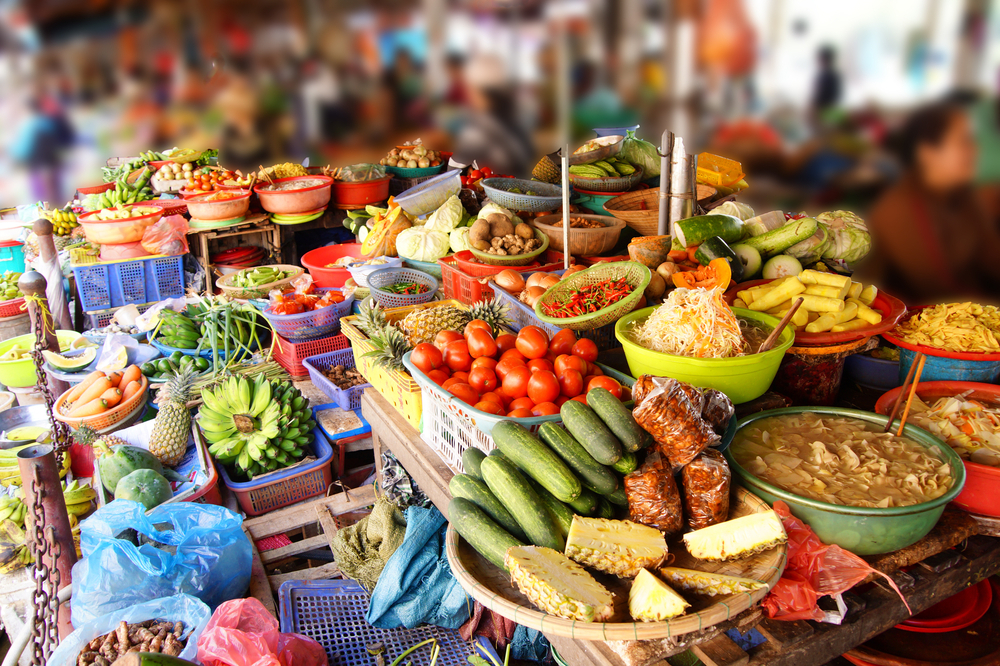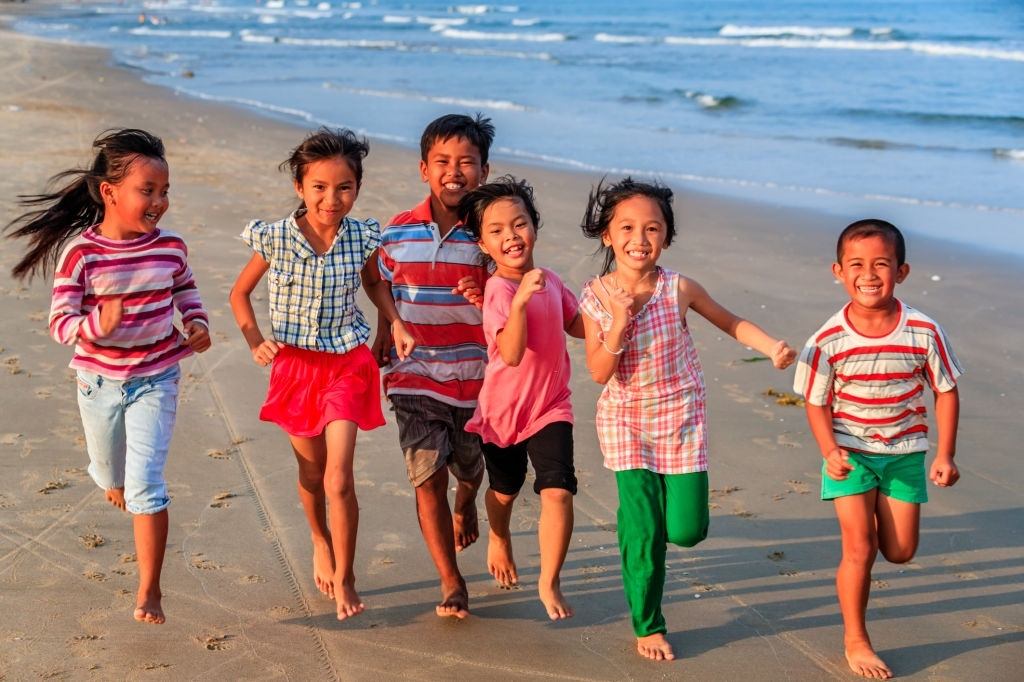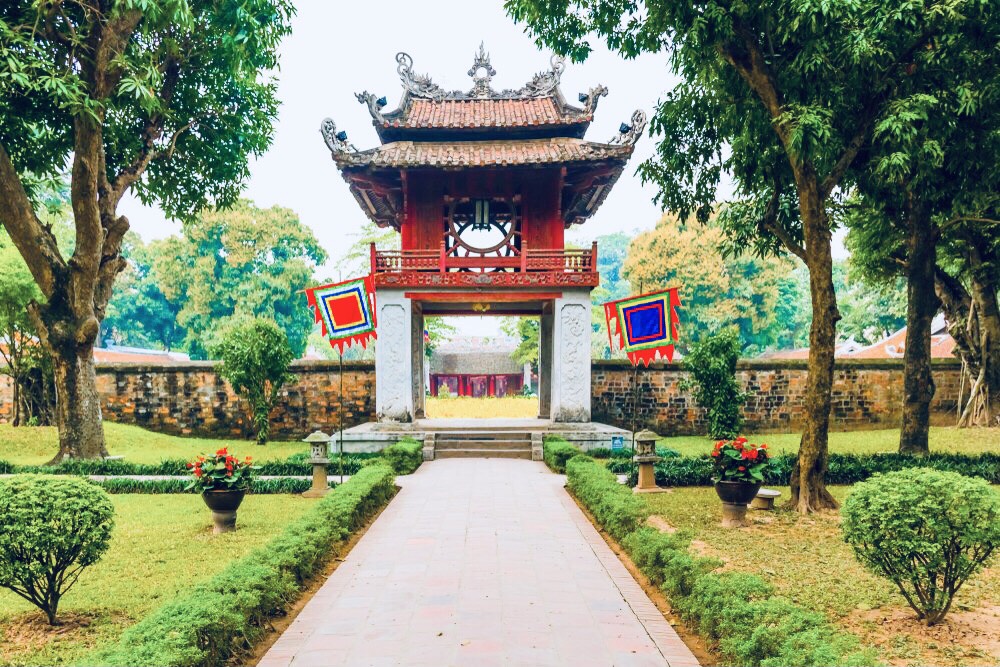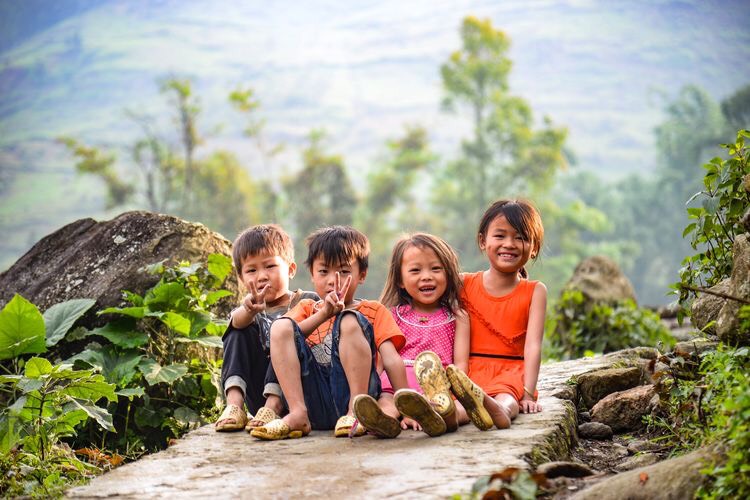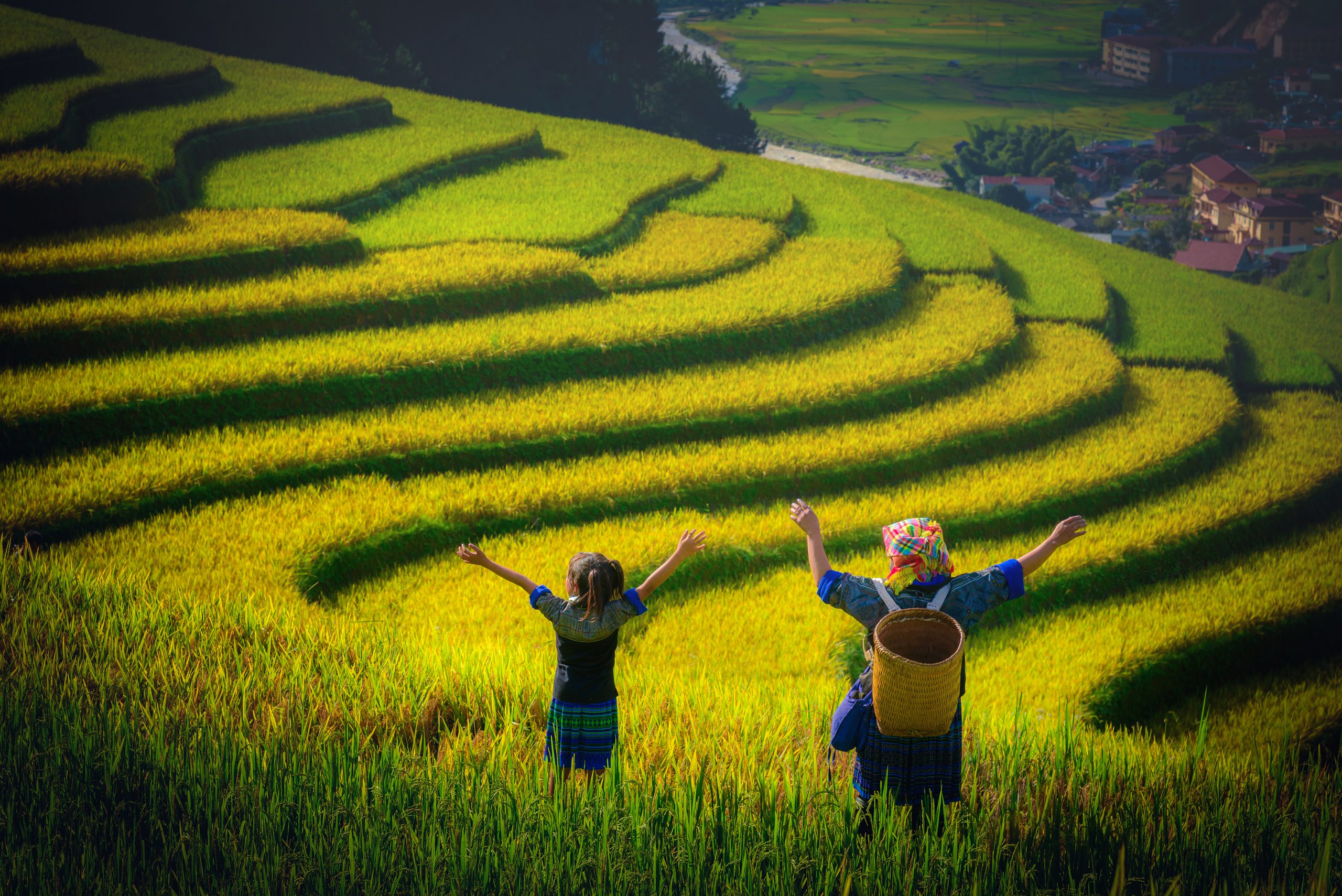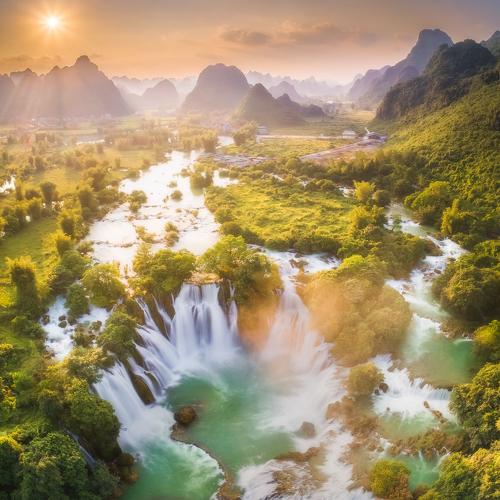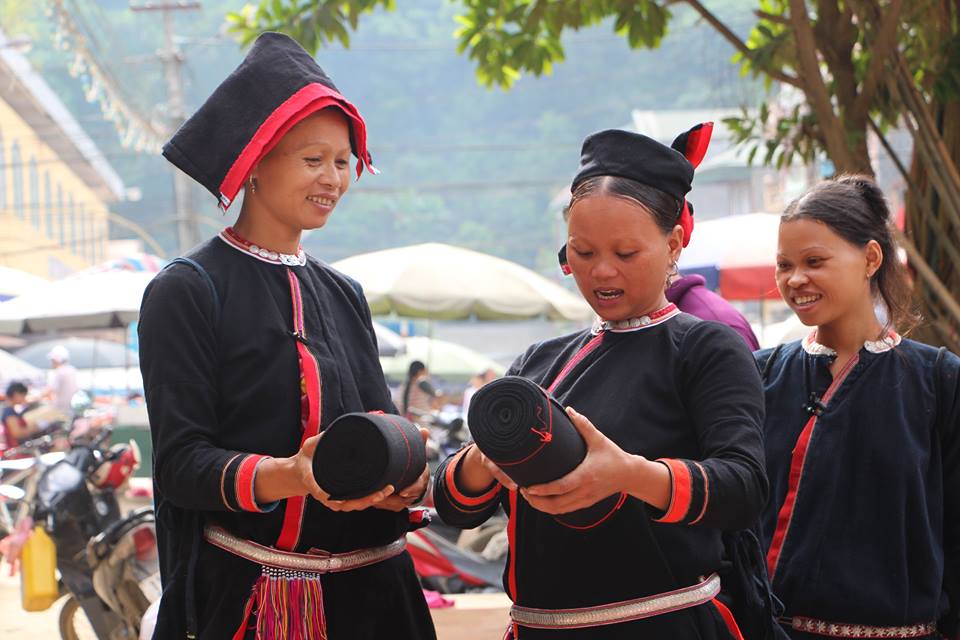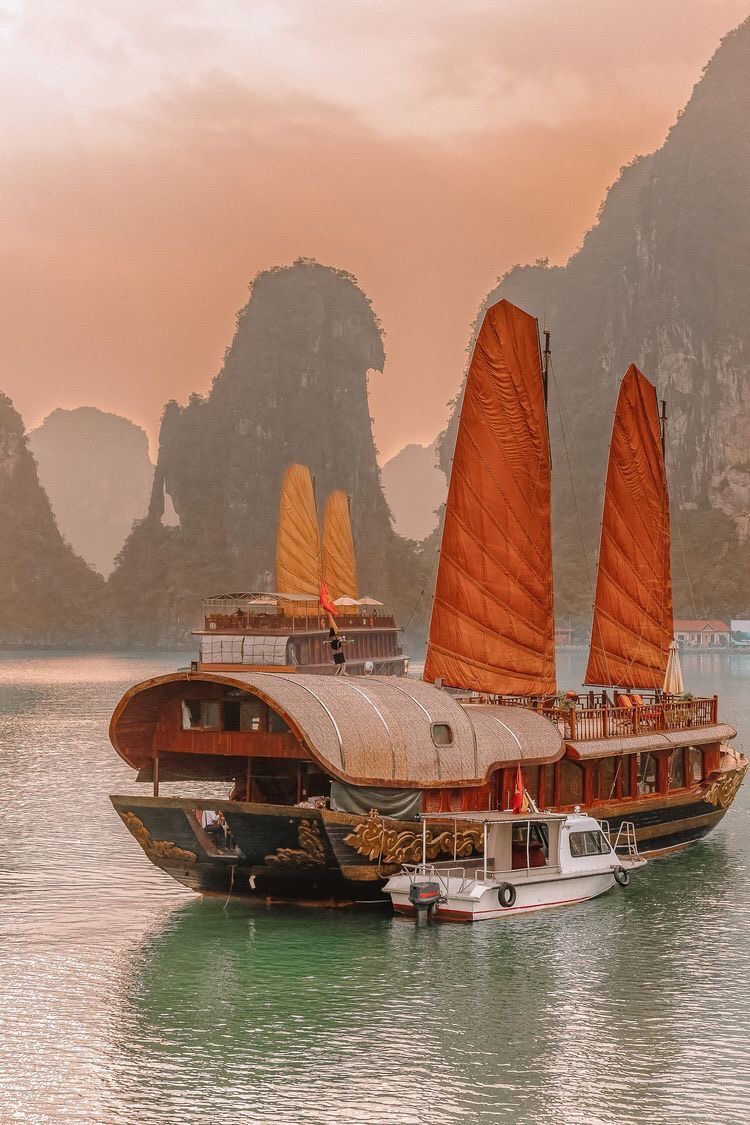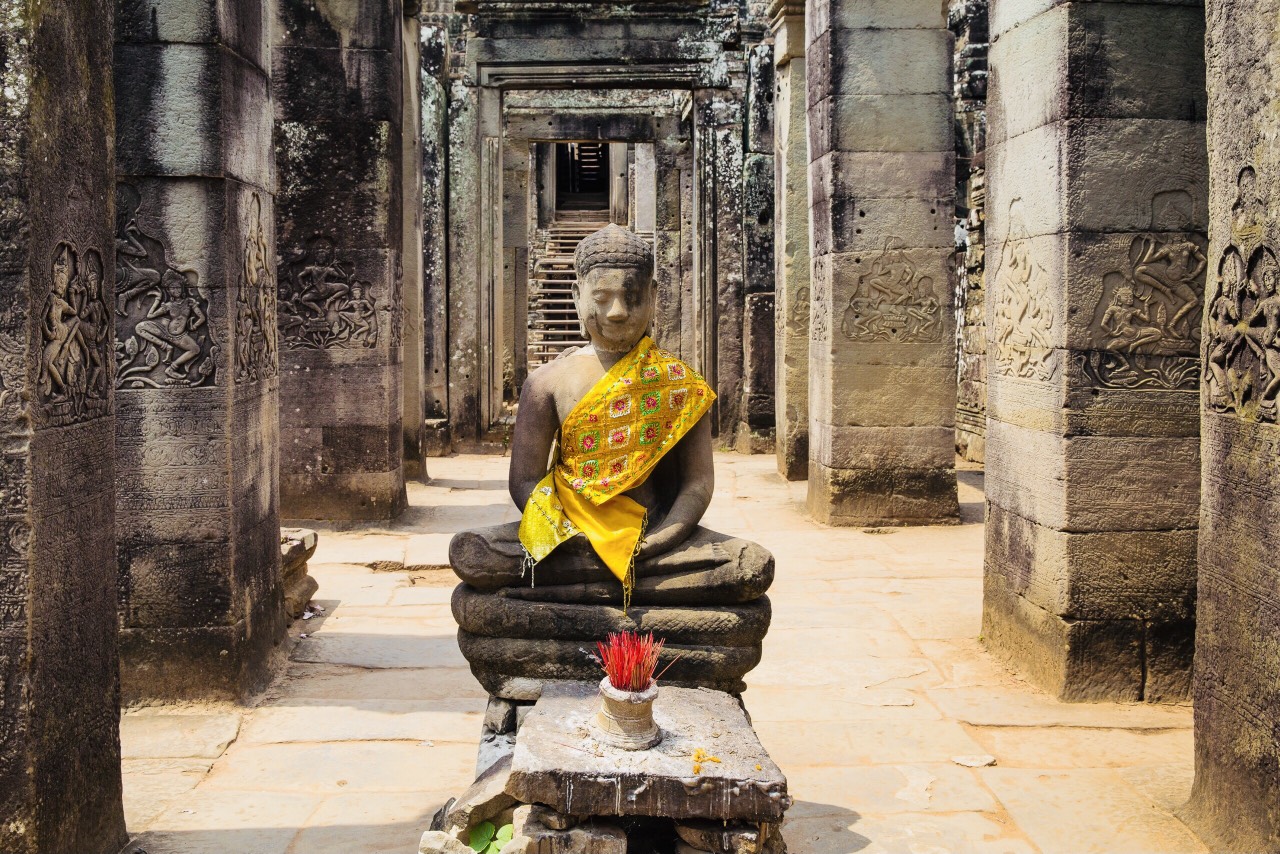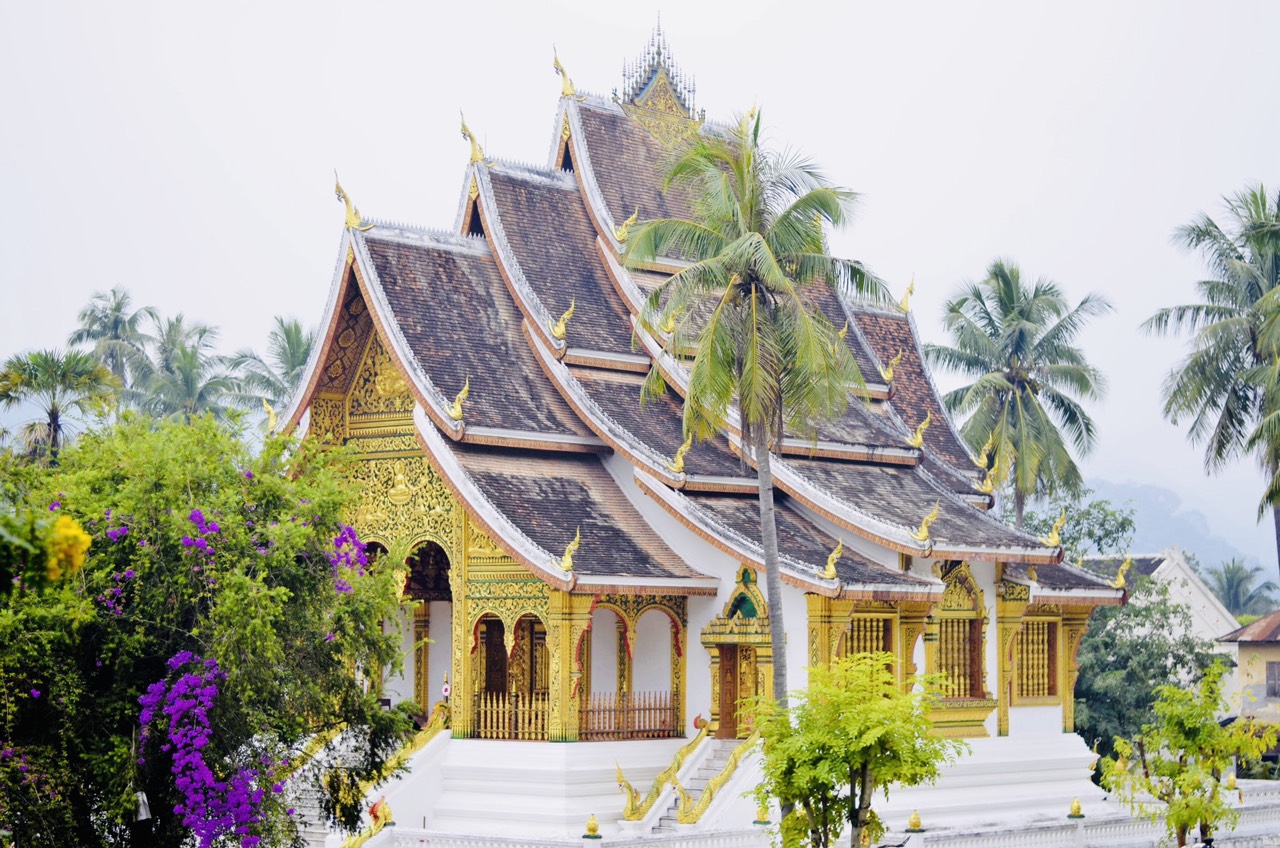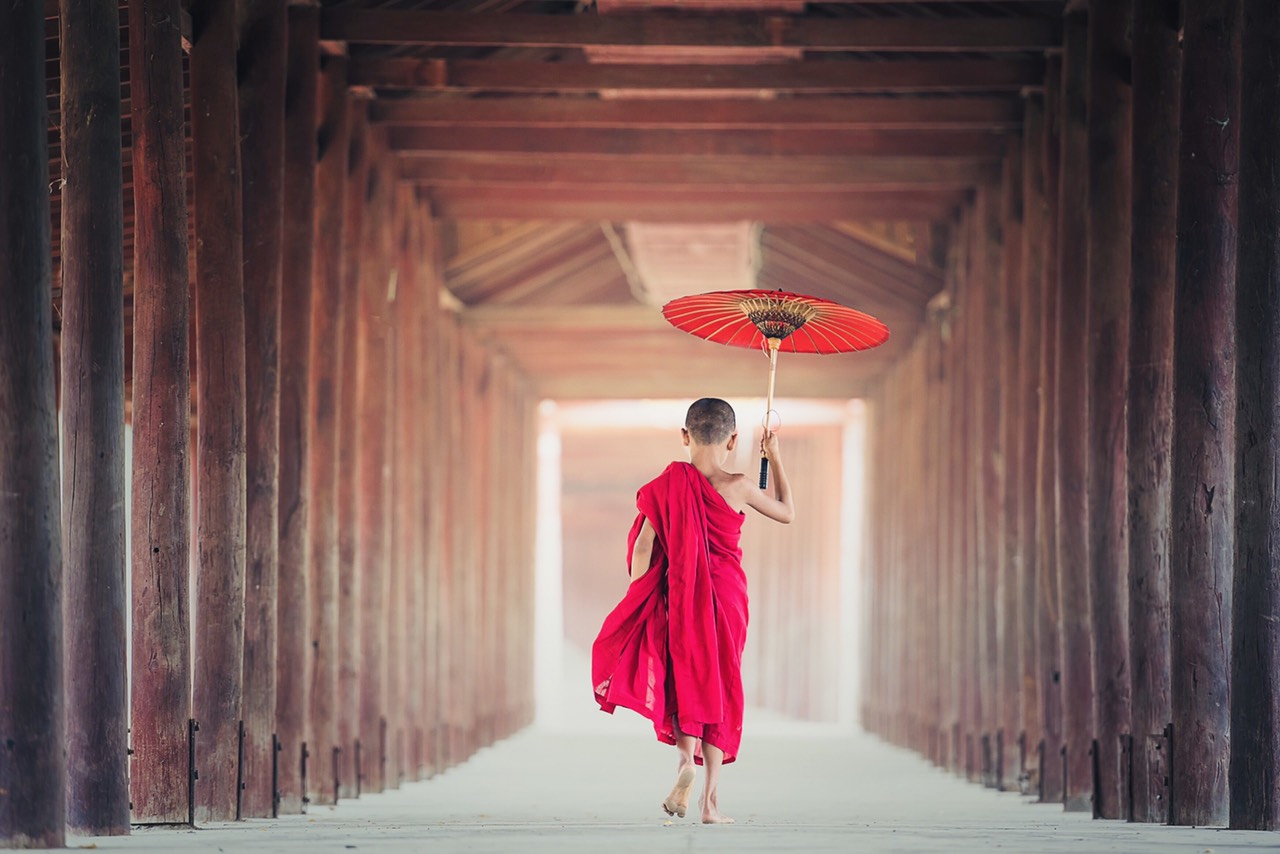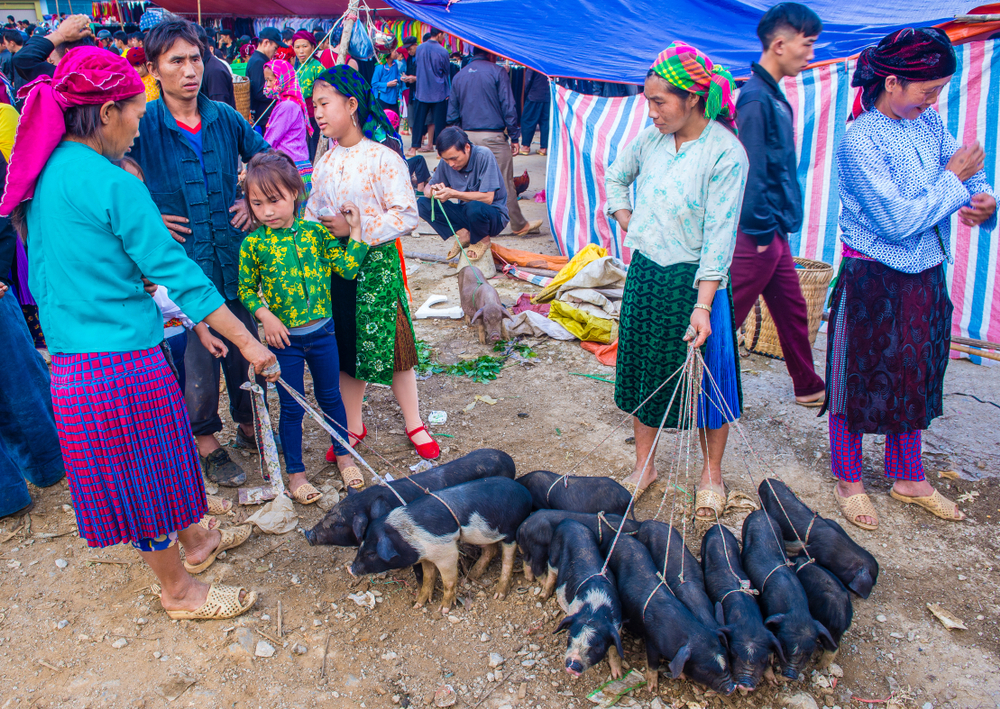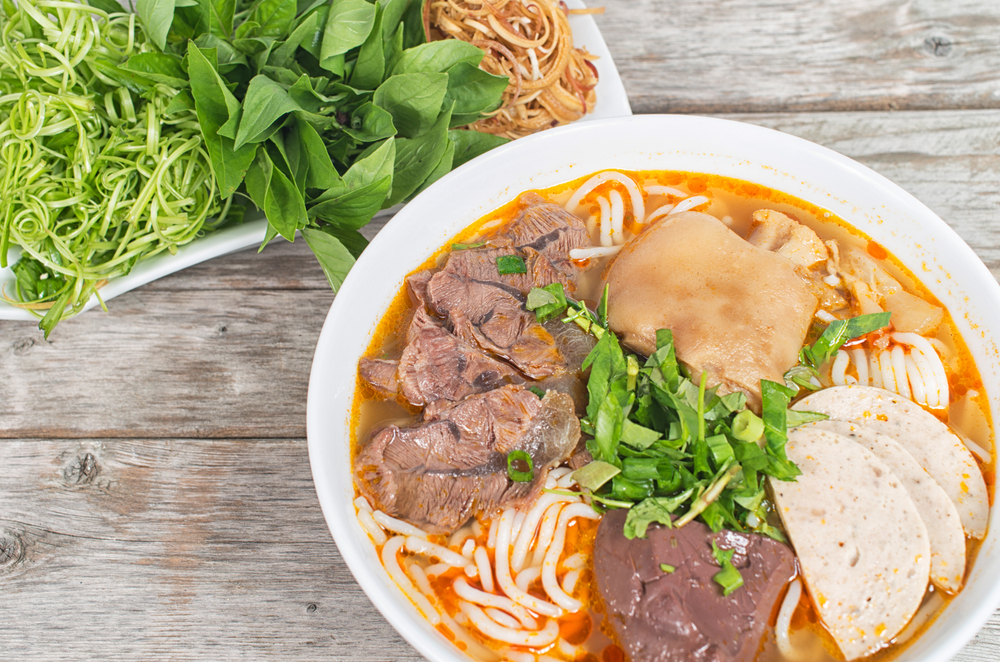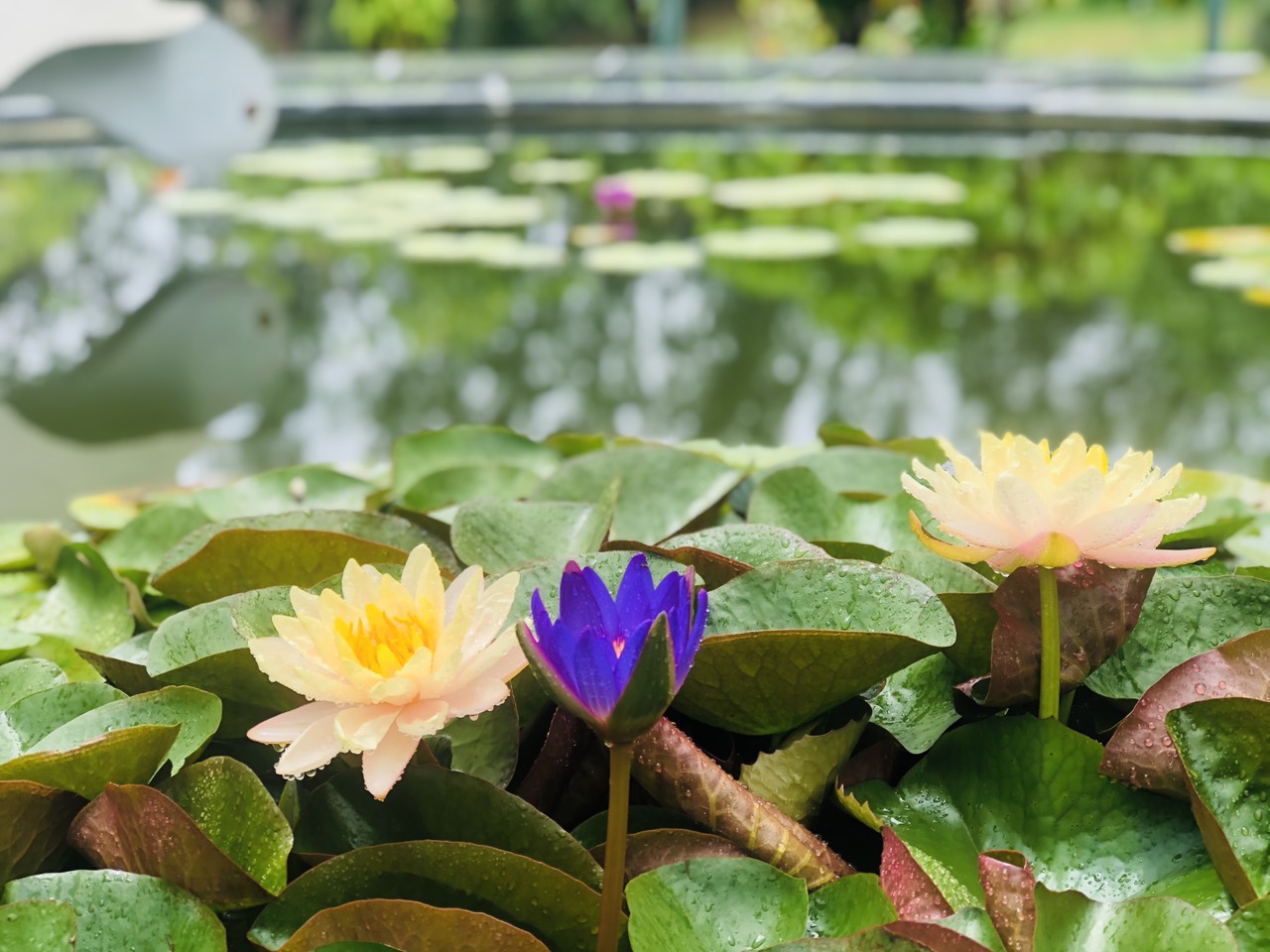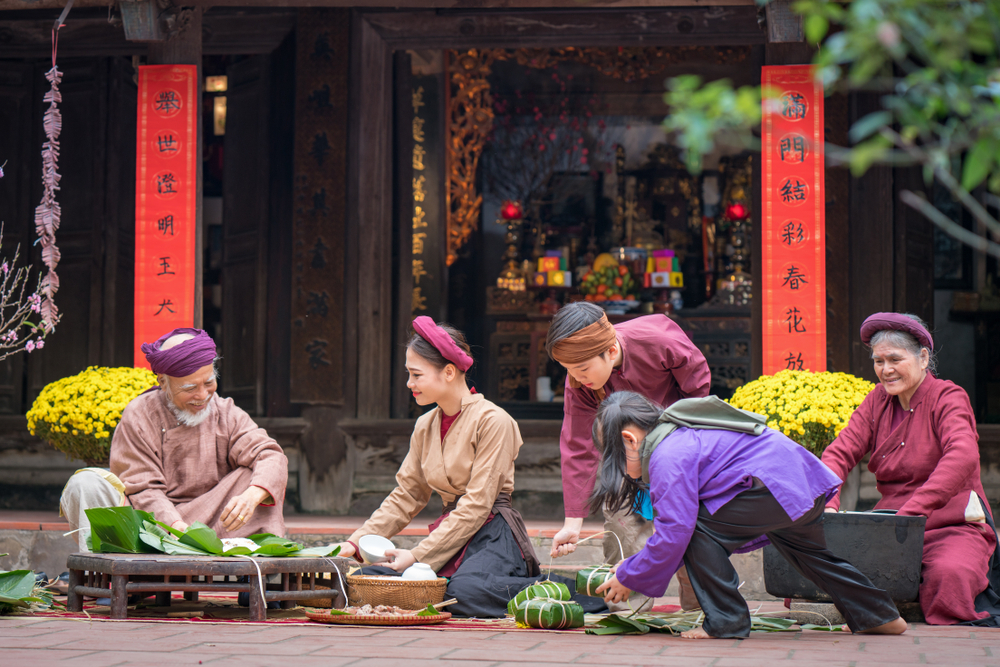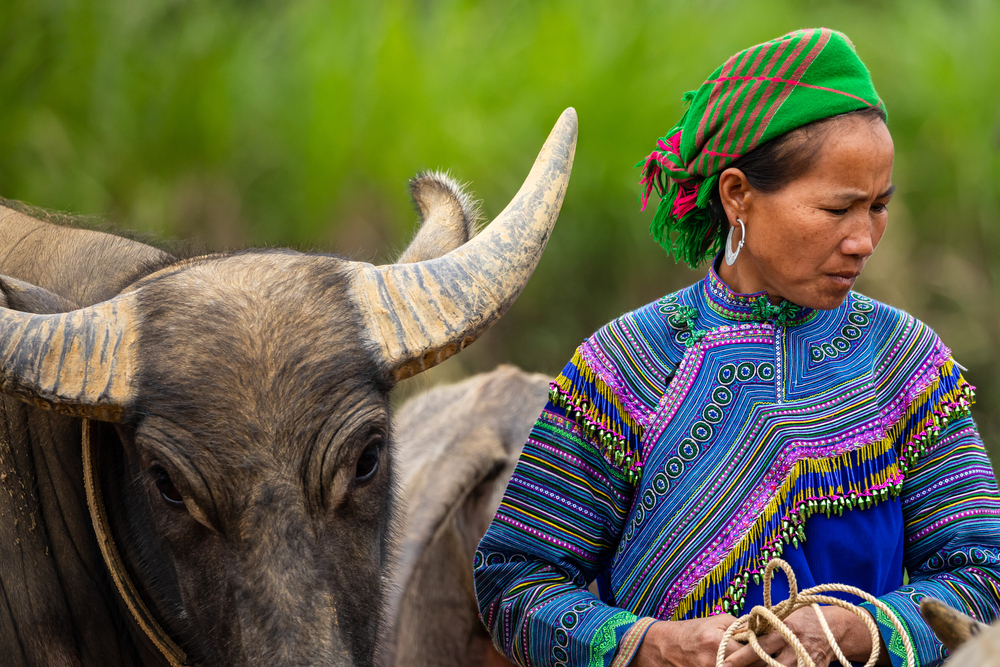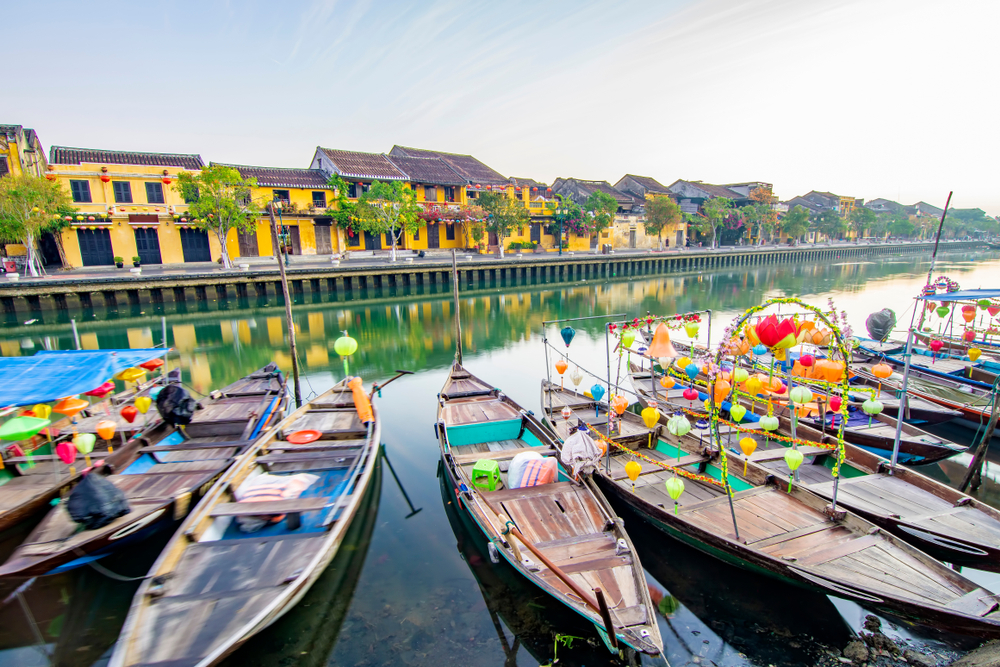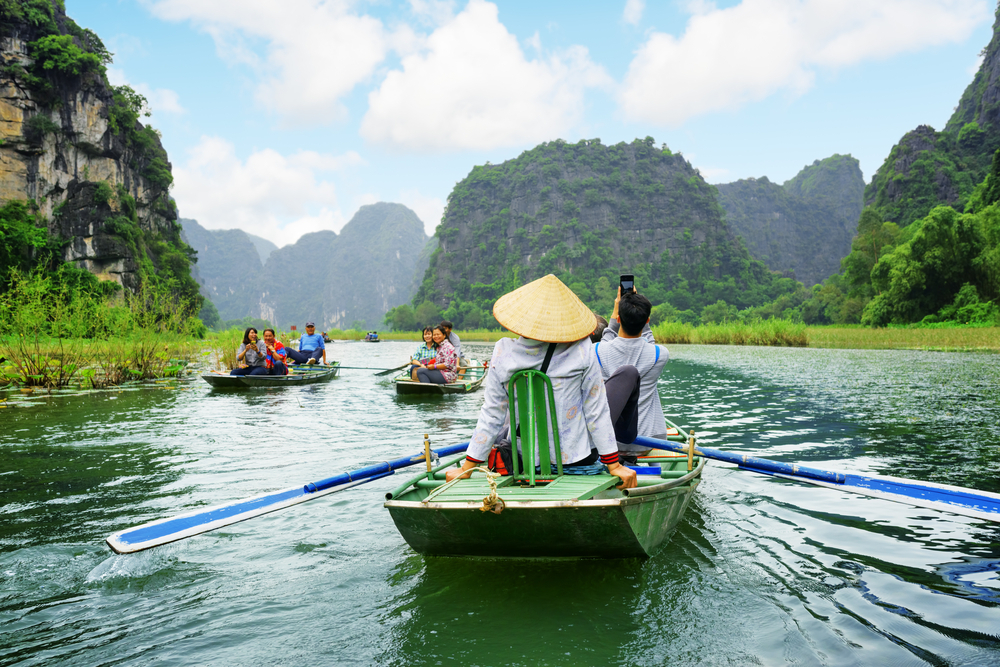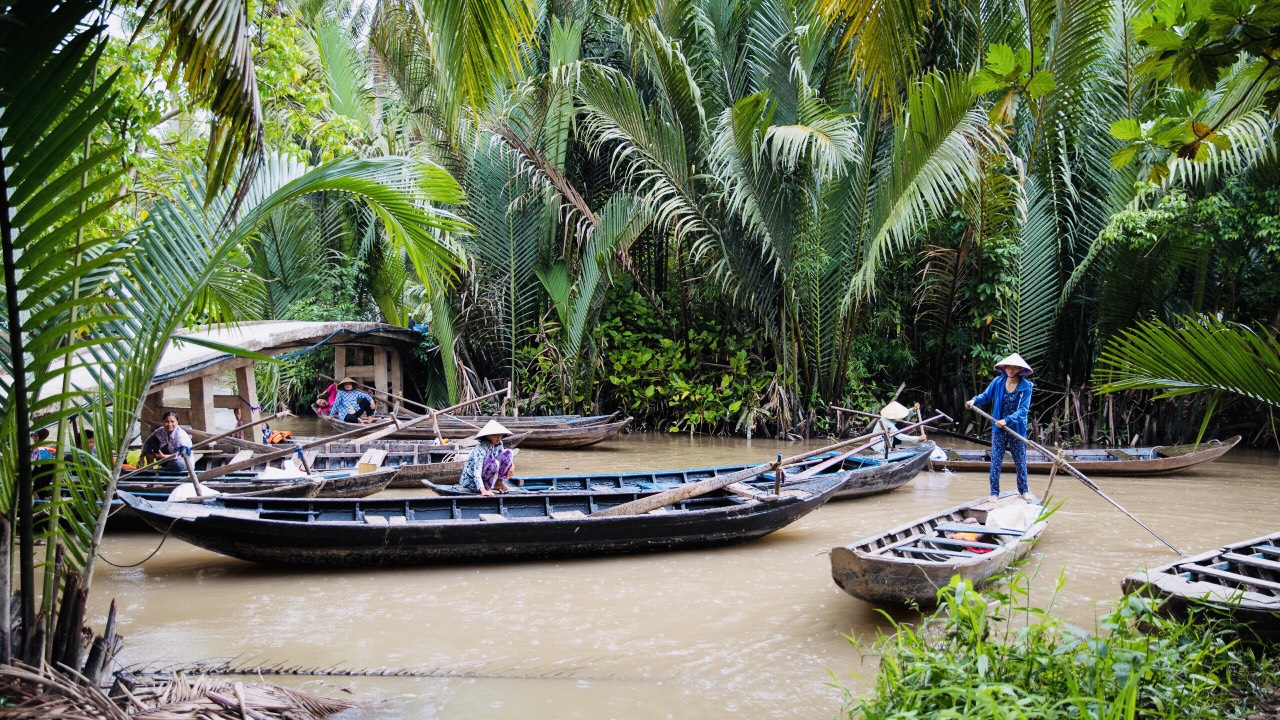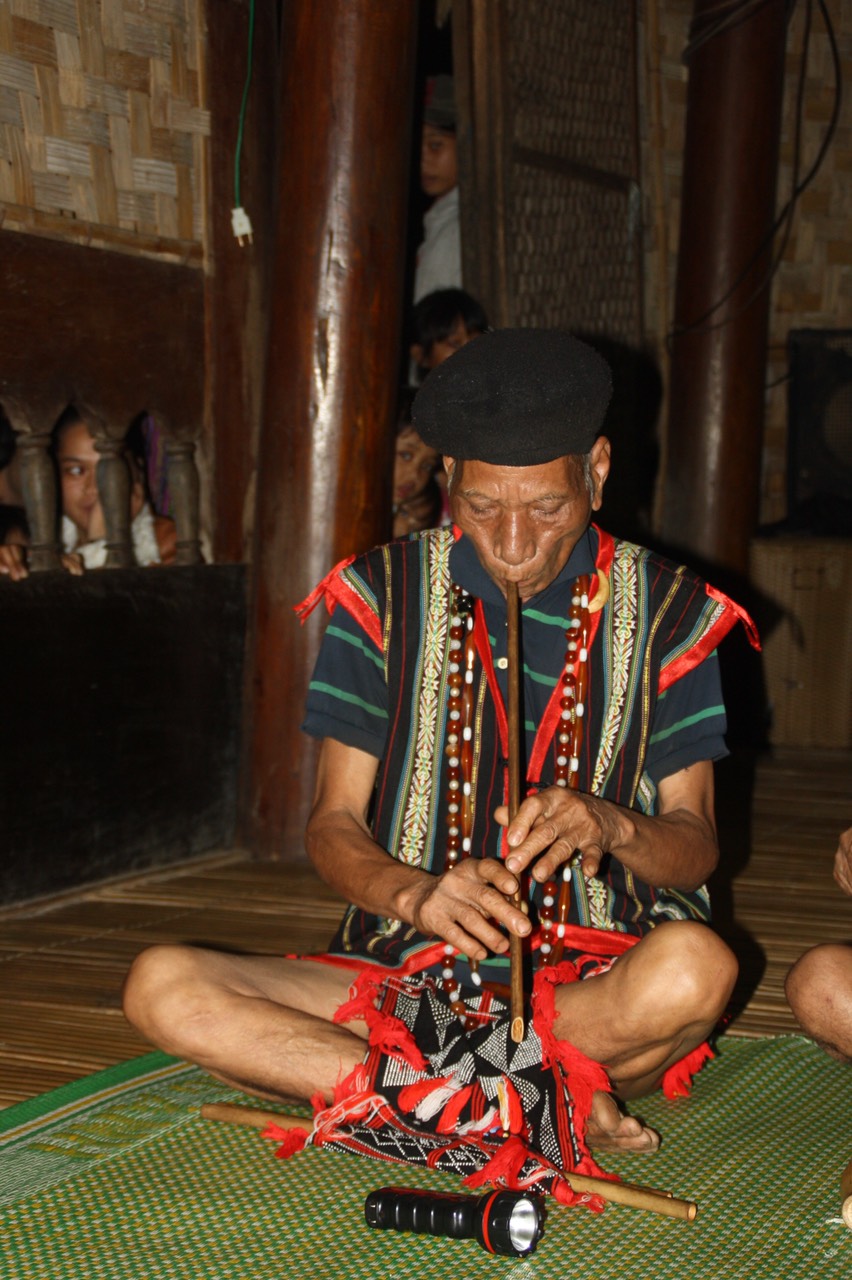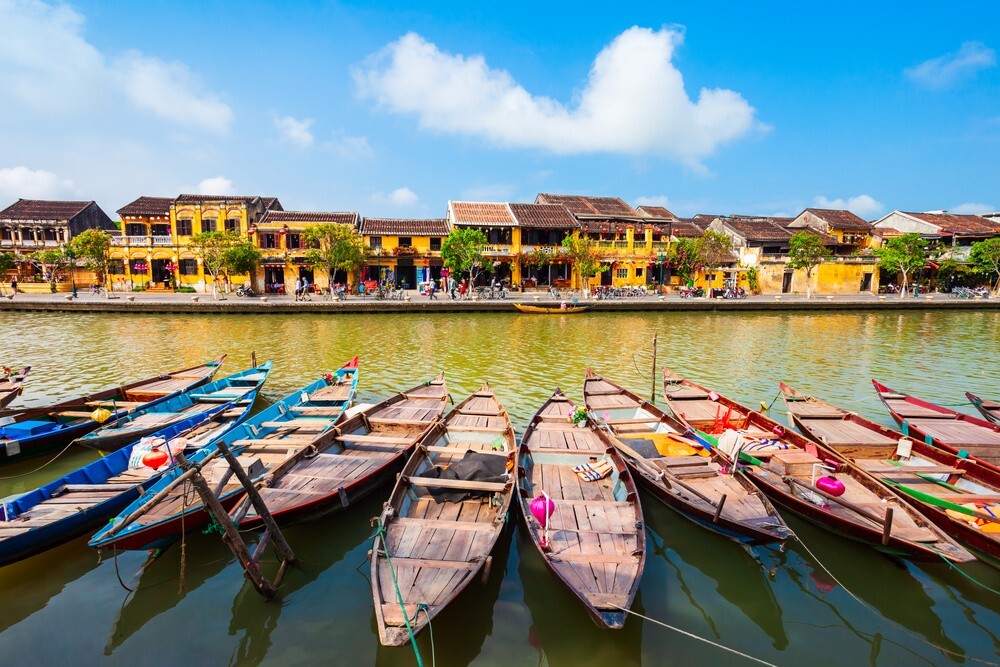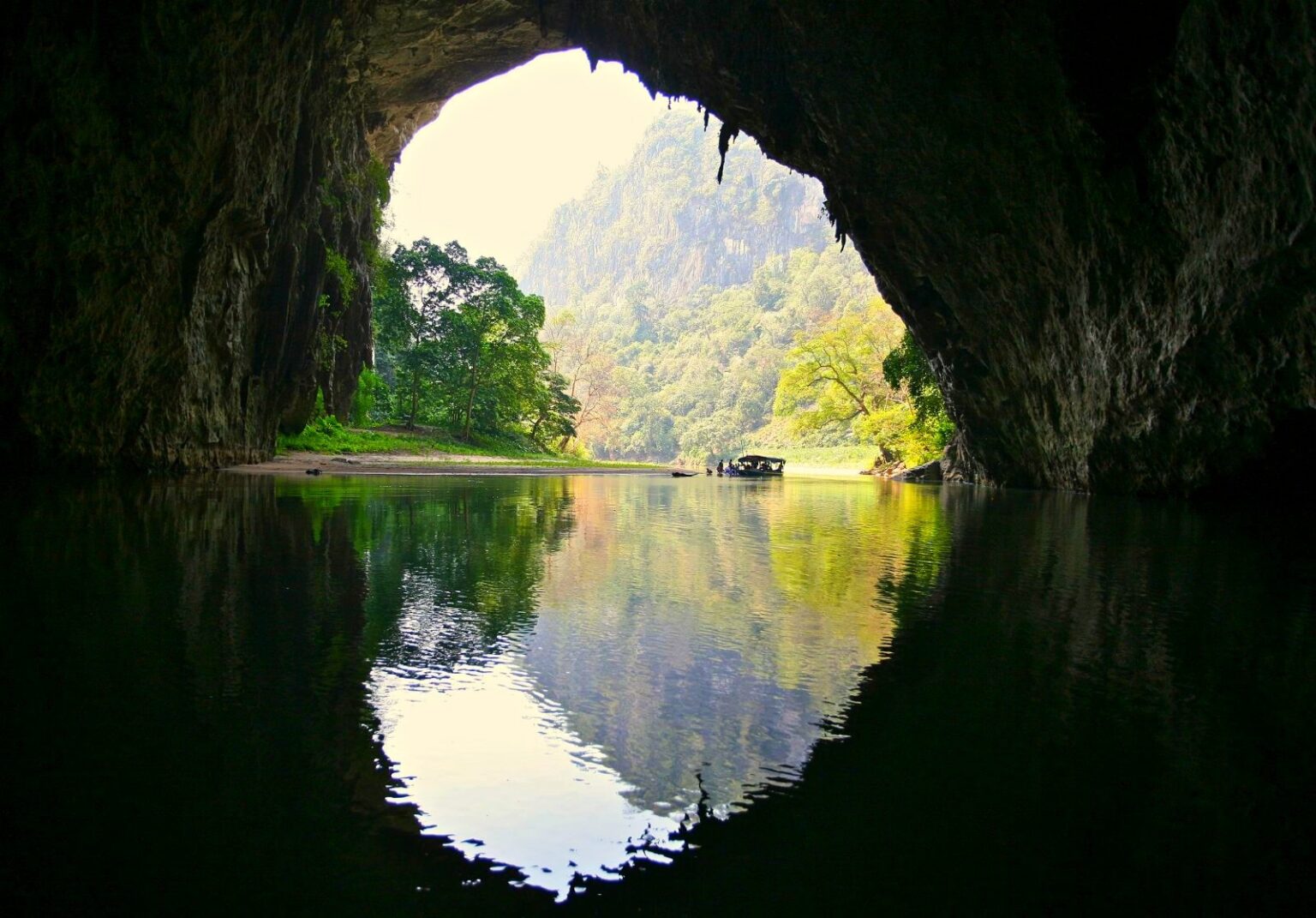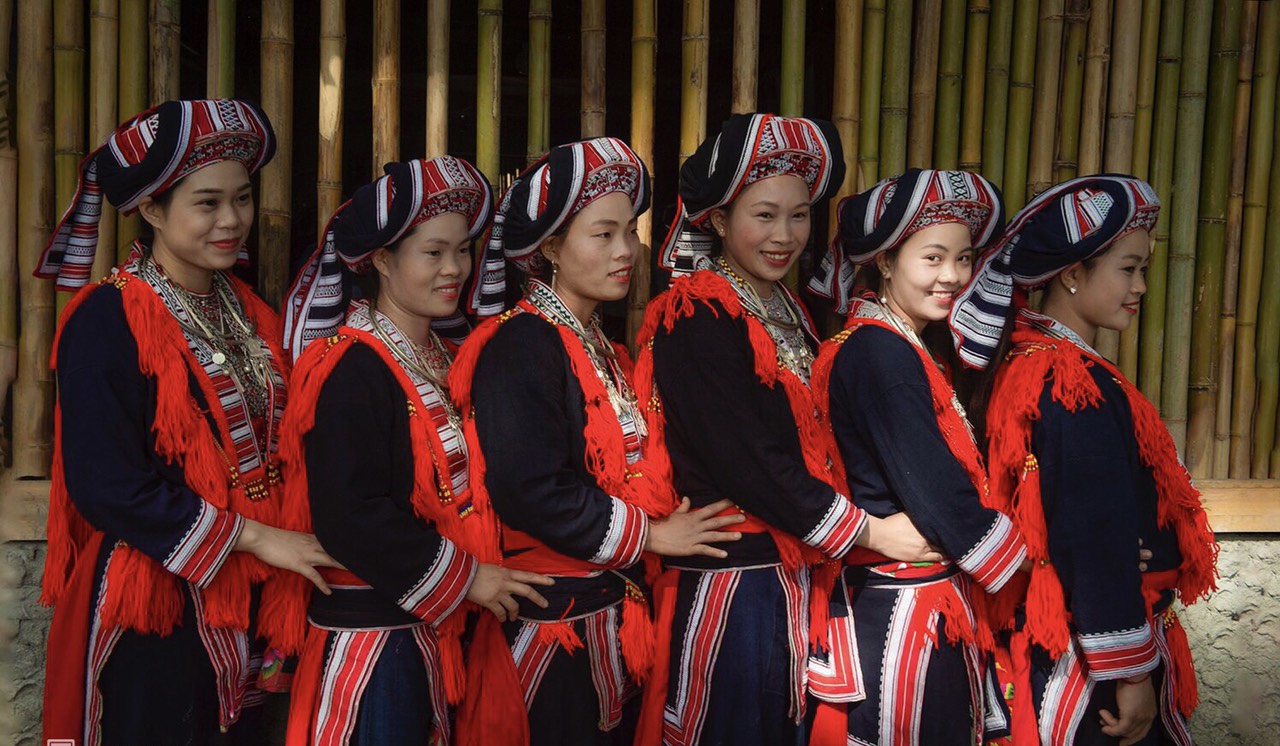
Introduction, origin
In the provinces of the middle and high regions of North Vietnam, the Dao settle in highlands and live in good neighborliness with other ethnic groups. They are also present in the Central Highlands.
The Dao have different names: Dong, Trai, Diu Mien or Kim Mien, they are subdivided into several groups: Red Dao, Dao with sapechees, Dao with tight pants, Dao with white pants, Dao with tunics, Dao Đại Bản, to name a few. It is mainly their costumes that distinguish them from each other.
The Dao share the same language, they prefer to marry only among themselves, to preserve their customs.
Cultures vivrières
In the rocky mountain areas, the Dao practice cultivation on fixed fields or crop rotation on small mountain plots embedded between the rocks, the main crop is corn, followed by millet, cassava and rye.
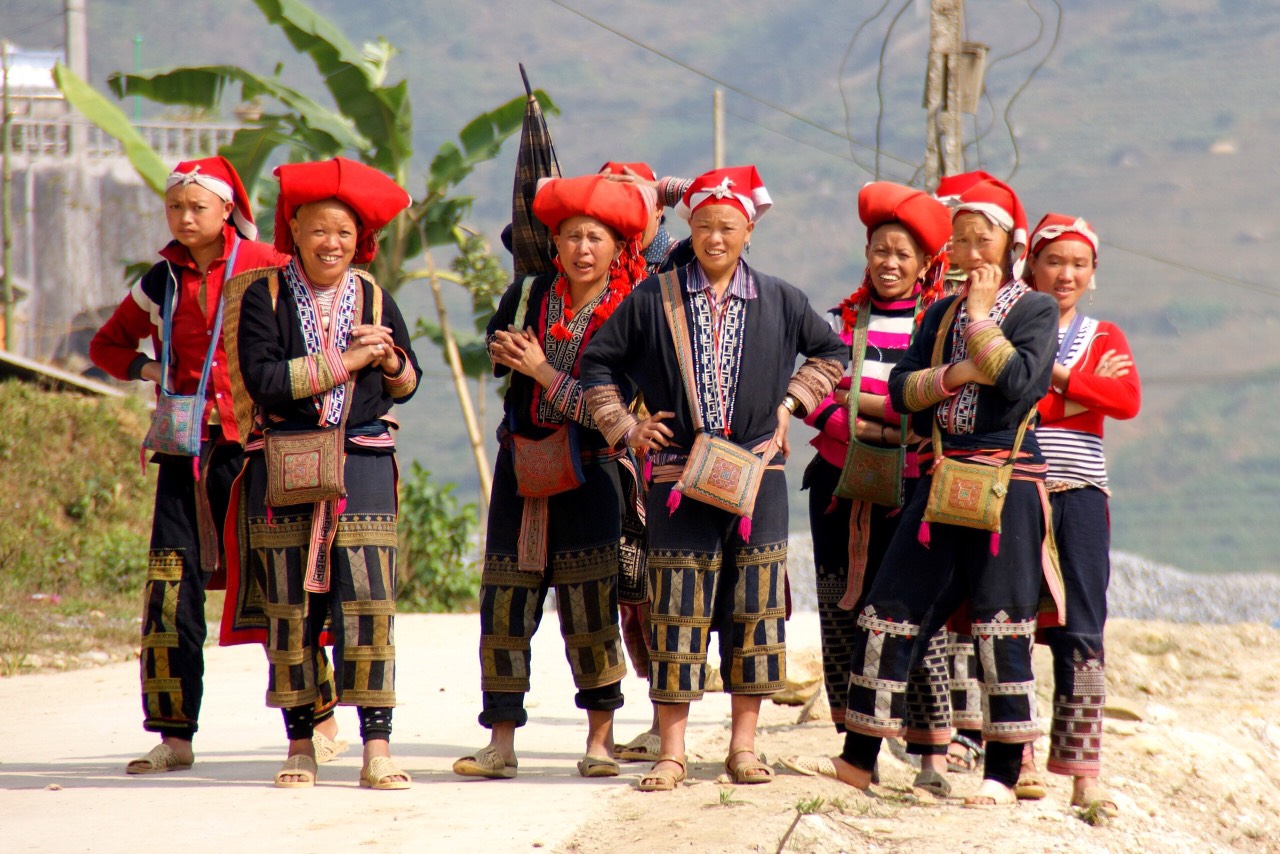
At mid-altitude, this is the densest habitat of the Dao. They mainly exploit itinerant burns, planting rice and corn.
At lower altitudes, the Dao live in steep valleys or along a communication axis, where they farm in flooded rice fields and terraced fields.
Livestock farming provides them with both meat and manure to enrich the soil. The families have dozens of domestic animals, goats are raised for meat, horses are raised for saddle and pack animals, and many pigs are raised. In their backyards, chickens are numerous, then come ducks, geese, pigeons.
The houses – the villages
They live either grouped together in villages or dispersed in small isolated hamlets. They always choose to settle near a water point, whatever their activity, rice growing or slash and burn.
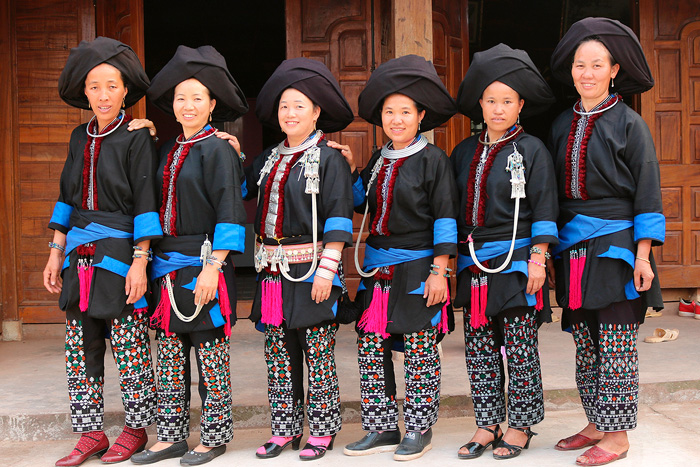
The houses are built on the ground, on stilts, or half on stilts, half on the ground.
The house built on the ground seems to be the preferred model.
The house on stilts is frequent among the Dao who practice irrigated rice cultivation and live in the vicinity of the Tày, Nùng and Viet.
The half-stilt house is built on the side of a steep mountain, thanks to the stilts one does not have to level the ground.
La famille
In order to marry, young people must not only obtain the approval of their parents but also have matching birth dates.
Men play an important role in the marriage. They also play a major role in certain ceremonies: weddings, funerals or other…
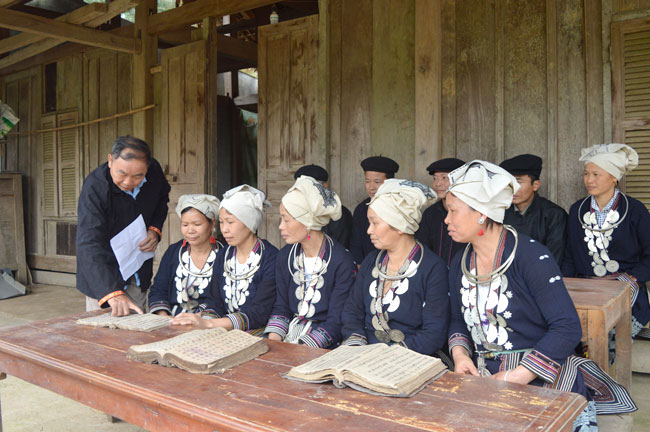
The costumes
Traditionally, women wear pants and a long tunic with a slit in the front. Their hair is pulled up in a bun at the nape of the neck or shaved around the edges, leaving a tuft of hair on top of the head. As for the men, they wear indigo-dyed cotton pants, tied at the waist with a wide belt.
The Dao are used to wearing silver or bronze jewelry.
The Red Dao are distinguished by the color that gives them this name. Red appears everywhere on their clothes: on the pants, the scarves and the belts.
The Dao with sapèques, them, are the only ones whose women wear skirts on which are attached old coins with holes.
As for the Dao women with tight pants, the latter is made of indigo fabric ending below the knees and tightened on the thighs. They shave their head to apply a layer of lacquer and then cover it with traditional fabrics.
And the Dao with white pants, well it is very simple, they wear only white pants!
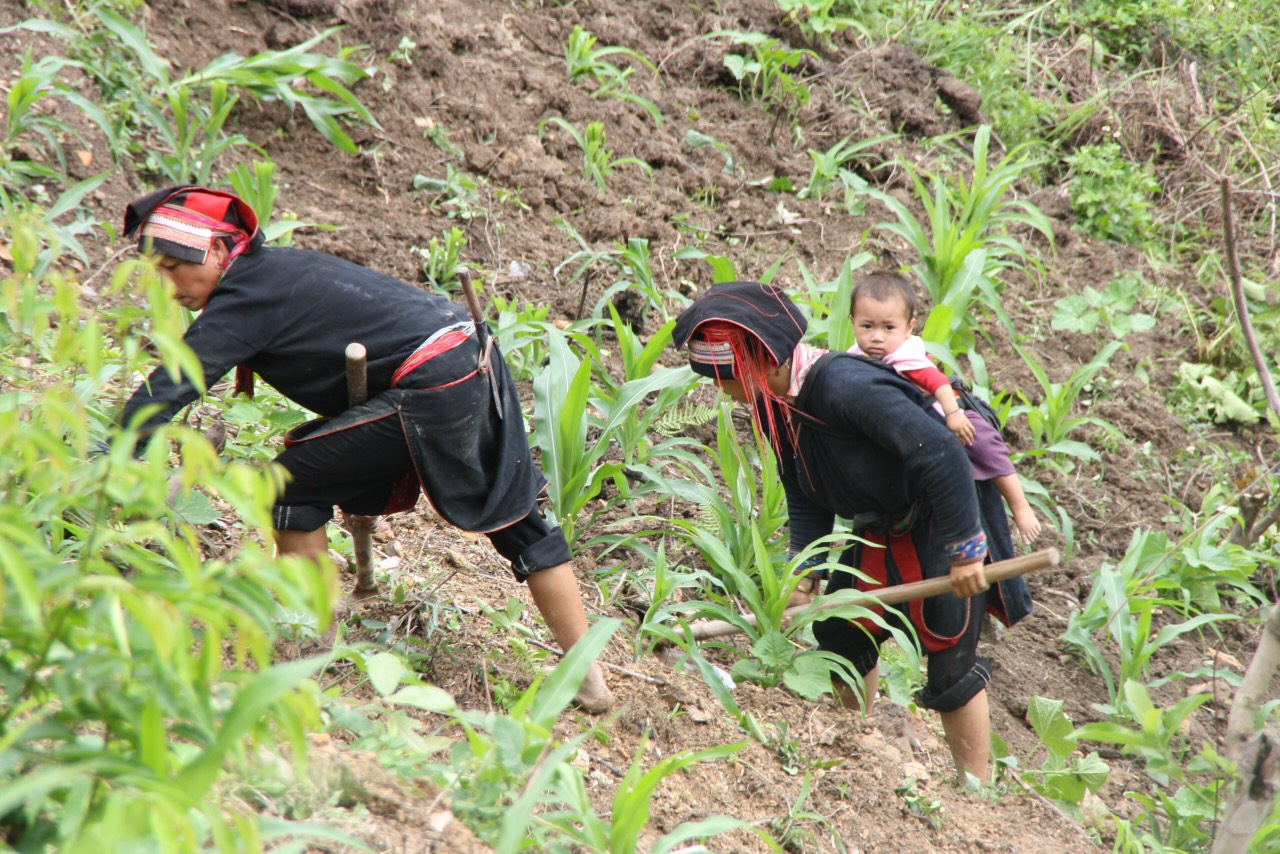
The embroidery, of a great finesse, is a second nature for these women who practice it since their youngest age, daily, almost mechanically.
The beliefs
The Dao practice ancestor worship at home or at the house of the head of the lineage. During seasonal festivals and through prayers they implore protection against events: illness, childbirth, funerals, natural calamities.
L’art
The Dao organize many annual festivals during which they sing, the alternate singing is a particularity of Dao, it is a question of improvisation, the singers, two, answer each other by telling a story inspired by the daily life (work, love, health, etc).
The câp sac festival of the Dao is considered as an event constituting the beginning of the life of the man. After having proceeded to this rite of passage to adulthood, the young boy will be granted the ability to participate in the important work of the community.
